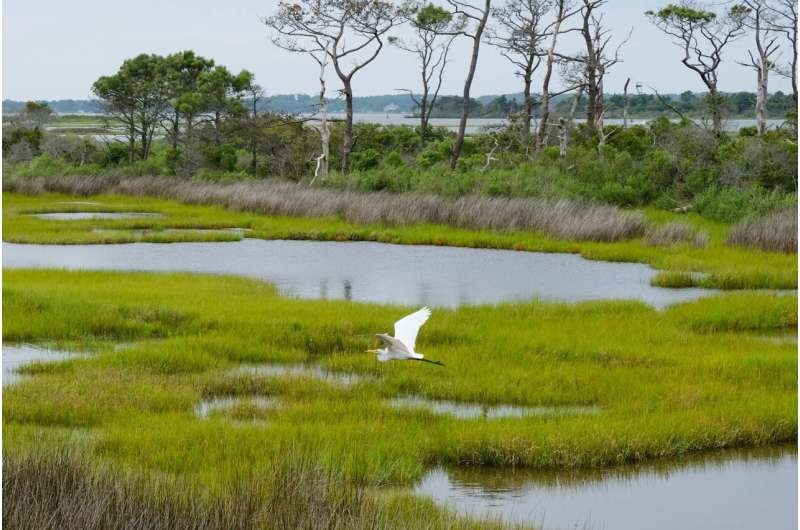Researchers have identified the main sources contributing to a record-breaking rise in atmospheric methane clouds during the 1st year of the global Covid pandemic: wetland deluge. A satellite data analysis showed that the rise resulted mainly from a combination of greater wetland inundation and water storage in tropical regions, rather than the decreased air pollution predicted.

The Unexpected Methane Offender
The dominant hypothesis was that the air pollution caused by human activities on earth would go down along with the pandemic, leading to a decline in atmospheric hydroxyl radicals (OH), which are responsible for breaking down methane. Of that methane surge, though, only 28 percent could be explained by the drop in OH detected by the AGAGE data.
Rather, the study finds that a separate, surprising source — more inundation and water being held in wetlands worldwide, with central equatorial Asia and central equatorial Africa playing key roles – could help explain trends suggesting there has been even less watering of the continents by rainfall than what models suggest. Fully 73% of the additional methane originated from these wetland areas — 43% from Asia and 30% from Africa.
The team said this is due to the large amount of rain that accompanied La Niña, which has been in effect since 2020 and is expected to persist until early 2023. In wetlands, microbes produce methane as they break down organic matter in the absence of oxygen—and as a result, increased water storage means more anaerobic activity and more methane entering the atmosphere.
Climate Change Mitigation Consequences
These results have very important implications for reducing atmospheric methane and the global climate effect of this potent greenhouse gas.
From 2010 to 2019, Global methane emissions: increased from ∼499 Tg to ∼550 Tg; followed by a pulse to (570–590)Tg during the two years of 2020-2022. One major worry about this huge increase in methane levels is that, although methane remains in the atmosphere for a relatively short time compared to carbon dioxide, it has an incredible warming potential, 28 times greater than CO2 over a 100-year period.
The researchers consider it important that we learn more about wetland methane emissions and their behaviour under future precipitation changes, This is key in the design of reduction strategies for these climatically sensitive ecosystems. Better means of surveillance and monitoring the wetland biogeochemistry in tropical regions will be essential to assess their impact on the global methane cycle, which is critical for addressing climate change.
Conclusion
This surprising result underscores the complexity of natural gas feedbacks in relation to how air pollution influences climatic drivers, and illustrates the connectivity of our entire global environmental system. The primary message from the new research is that it supports taking a more comprehensive approach, using careful data collection and systemic thinking to address climate change while better understanding how ecosystems each play their part in greenhouse gas emissions.
